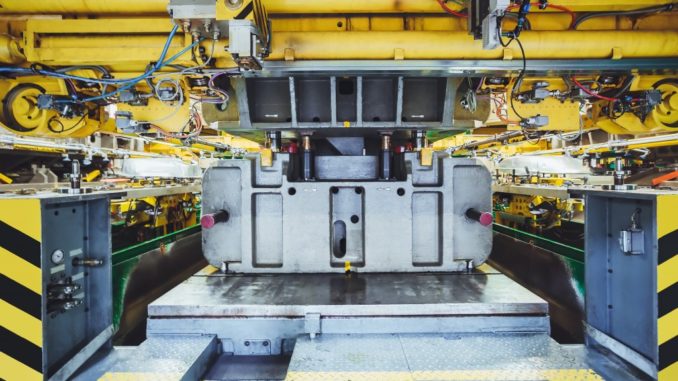
Hydraulics is a branch of science concerned with the studies and analysis of fluids that are either in motion or stationary. Examples of such matters that hydraulics deals with are the flows of liquids in pipes, rivers, and channels, and their confinement by dams and tanks.
Taking this into consideration, the idea behind hydraulic systems then becomes straightforward. The force that is applied at one point is transmitted to another point using an incompressible fluid. This fluid acts as a powering medium for the system. Hydraulic machinery, then, are machinery and tools that use liquid power to do simple work.
It’s important to note that heavy equipment that runs on hydraulics is similar to other machinery in that it is comprised of different components to work. Maintaining these machines entail having at least some knowledge about its parts. So, while the average Joe from Utah might not need to name these components and know what they look like, those who are in the business of using hydraulics in their workforce will benefit greatly, as it will help in determining if they are in need of hydraulic machinery repair in Utah.
Here are some of the components used in hydraulic machinery:
Hydraulic Pumps
Hydraulic pumps are responsible for supplying the high-pressure fluid flow to the pump outlets. Pumps that are used for hydraulics are powered by an electric engine and are connected through flexible elastomeric coupling to reduce vibration. Some common types of hydraulic pumps are gear pumps, vane pumps, and axial piston pumps.
Control Valves
Control valves contain and route the flow and pressure of the fluid to the desired actuator. Valves consist of a spool encased in a steel housing. Some valves are designed to be the typical on-off type, while others are made to be proportional, in which the flow rate corresponds to the valve position. Examples of control valves include shuttle valves and pressure regulators.
Actuators
Hydraulic actuators function with pressurized, incompressible fluid to rotate mechanical components. Actuators often come in the form of brakes and hydraulic motors.4
Accumulators

One of the most common parts of hydraulic machinery is the accumulator. Accumulators function by using pressurized gas and incompressible liquid to store energy, absorb shock, eliminate noise, and counter-balance loads for the machinery.
Filters
Similar to filters used in other machines, hydraulic filters remove unwanted particles from the fluid. Metal components typically produce metal particles that need to be separated, such as other contaminants from the fluid. Hydraulic filters are also often used for handling different types of oils, such as petroleum-based oils and emulsions.
Hoses
Hoses designed for hydraulic machinery are specifically made to transport hydraulic fluid to or among hydraulic components, valves, actuators, and tools. They are graded by pressure, temperature, and fluid compatibility. They also act as an alternative if tubes and pipes are deemed unusable for certain types of machinery.
Familiarizing yourself with machinery parts is not only essential to care and maintenance, but also to machine management as it gives the individual an idea how to handle the machinery, as well as what to do and who to call should problems occur.
